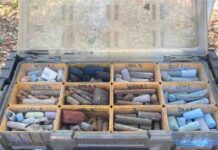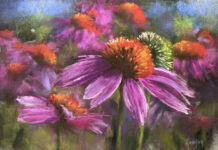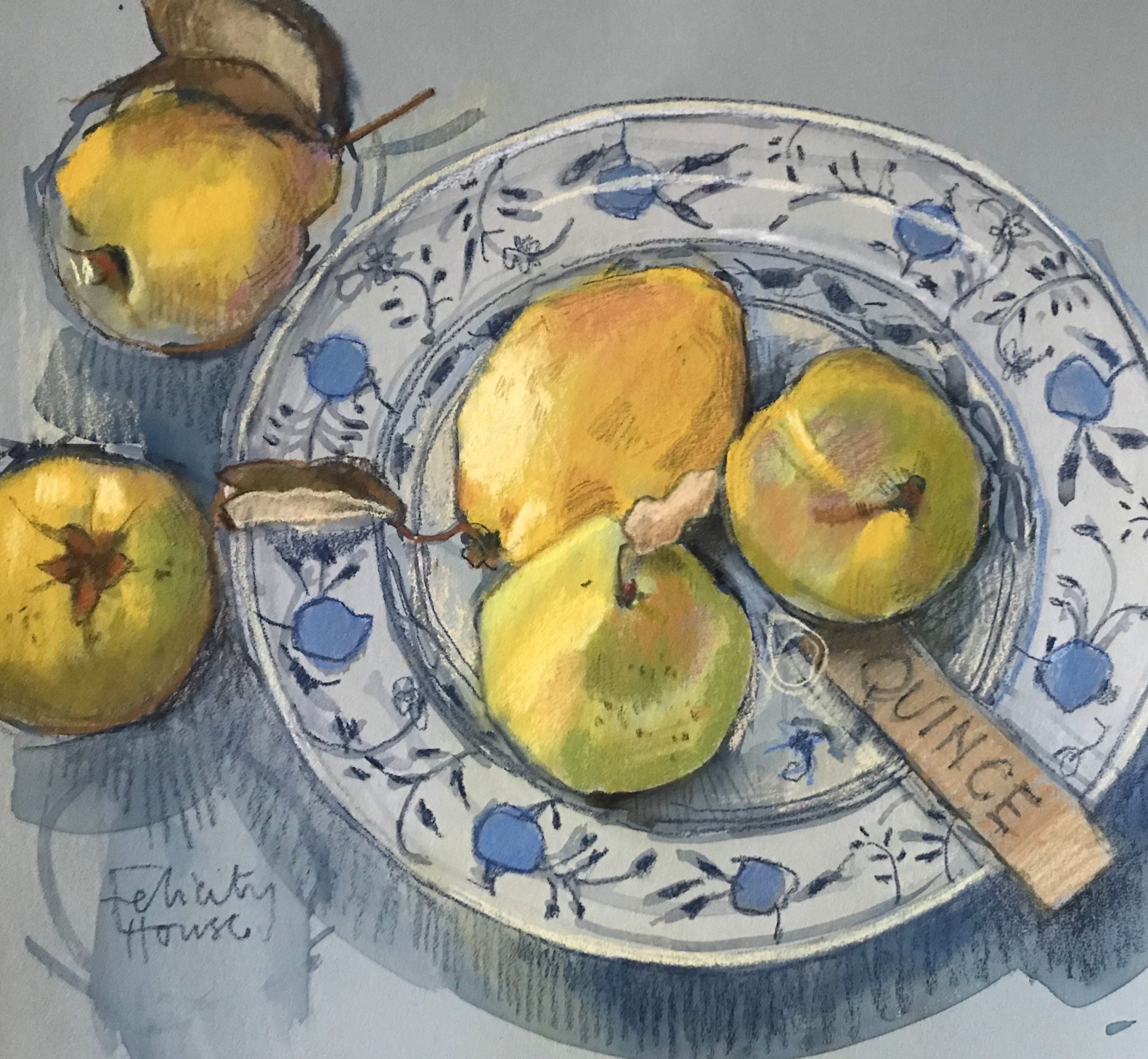
Felicity House shares her tips for letting the paper work for you.
“If your subject has a dominant color then you could choose paper that is that same color and concentrate on pastelling the other areas in order to build the picture quite swiftly,” says Felicity House. “For example, if the subject is a warm stone building … choose that color of paper.
“Does a dark interior dominate? Then use dark paper.
“Conversely, you could choose a color of paper that’s opposite to the dominant subject color, which will result in a vibrant picture. For example, if you have blue objects, use yellow paper support.
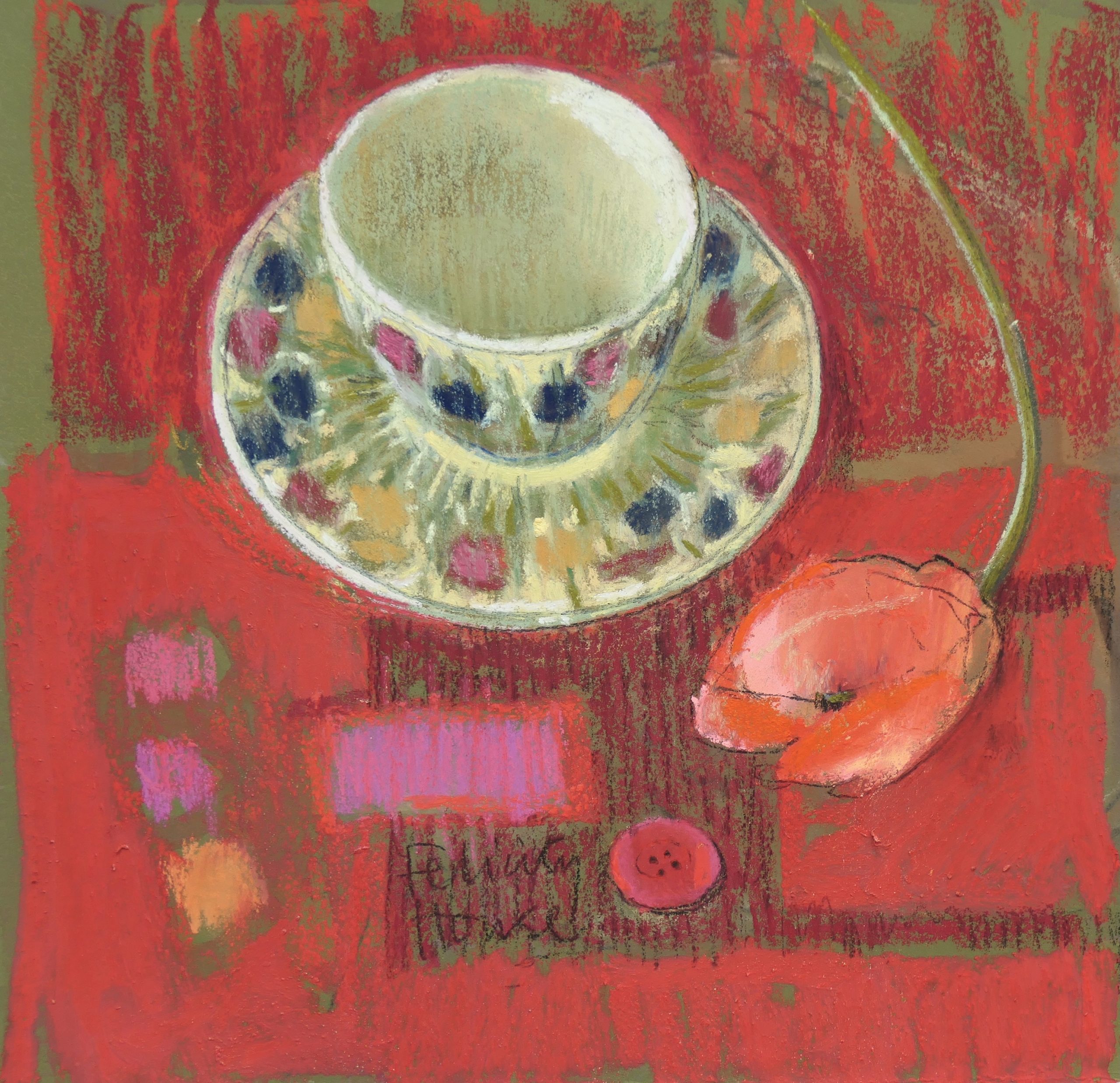
“A warm color paper works well with a cool subject. Likewise, a cool colored paper works well with a warm colored subject.
“Using a mid-toned paper means you can work well in pastels with darker tones to begin with and finish with the light color highlights to obtain a painting with a full tonal range.
“A light color of paper enables you to concentrate on drawn marks if that is important to you.
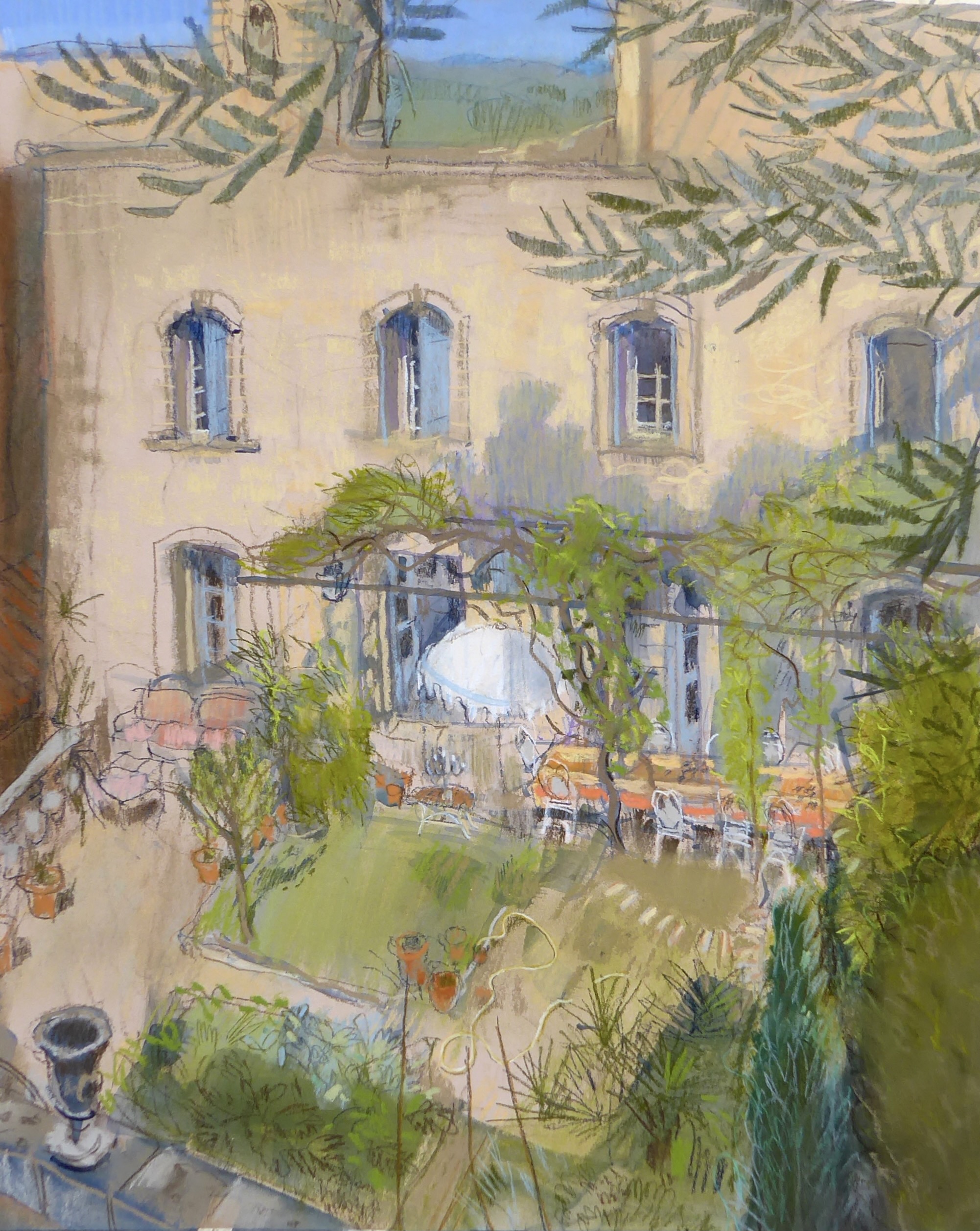
“Thinking about the color of the paper before you start can:
- Save you time
- Give cohesion to your picture
- Makes you think about whether line drawing or color impact is how you will be working
- Helps give you a useful warm/cool contrast
- Provides a new challenge – it’s exciting to work on a different color – what will happen? How will your pastel picture develop on an unexpected color support?

“Lots of papers like Art Spectrum Colorfix can be wiped and re-used, which again gives you an interesting color, pattern, or shape which can work with a new subject.
“Of course, you can paint your own paper/support in watercolor or acrylic which gives you the opportunity to have a paper in a color that’s not manufactured. Or create graduated color washes as appropriate to your subject for working on in pastel.
“On location, I always carry a folder containing different color sheets of pastel paper so I can choose the most appropriate one for the subject. For the studio, I might buy some color papers I usually don’t consider. It’s good to take risks and try things out.”
For more pastel tips and techniques, join top artists from around the world, including Albert Handell, Carol Peebles, Alain Picard, Karen Margulis, and many more, at Pastel Live, September 18-20, 2024, with an optional Essentials Techniques Day on September 17. (All from your own home or studio!)


